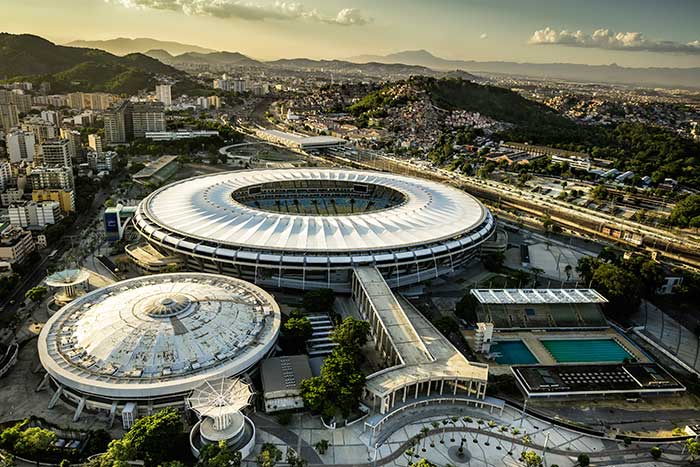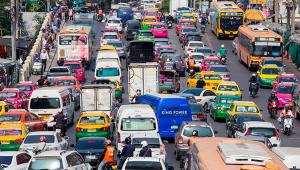p43-maracana-stadium-shutterstock_380047378.jpg

Maracanã stadium Photo: Shiutterstock
Every four years, the Olympics provides a focus for technological innovation, with host cities, competitors and broadcasters all trying to harness innovations to improve performance and get the best from the Games. Rio 2016 has been no exception.
Google, for example, used a backpack fitted with 15 sophisticated cameras to gather images for Google Street View in locations accessible only on foot. These have allowed us to see Olympic venues from an athlete’s perspective, moving around and zooming in to get a better view. Technologies were used to perfect velodrome and stadium tracks so the athletes could go faster, which may have contributed to some of the new world records. In the pool, this was the first Olympics to use digital underwater lap counters at the bottom of each lane – it is not unknown for even elite swimmers to lose count of the lengths completed. Payment company Visa, with a local bank, launched a bracelet that visitors could use to buy goods and services at all 4,000 sales outlets at the Olympic venues. A technology operations centre – an 800m2 command facility that oversaw the 144 competition and non- competition venues – helped to deliver the results of all the Olympic and Paralympic sports to the world’s media.
Perhaps the real challenges for Rio lay outside the Olympic venues. After major problems with flooding in 2010, the city set up an operations centre to improve its emergency response, which helped to keep visitors safe. Operators from 30 municipal agencies monitor the city’s systems, including transport, energy, communications, public safety and health, along with data from IBM’s weather modelling and forecasts system. An 80m wall holds monitors showing video feeds from 900 cameras (which citizens can watch online). This centre enables city officials to anticipate and respond to problems, working across agencies in real time. It also has a media suite so they get messages out quickly if something happens.
Initially, this was about monitoring and reacting quickly. Now, officials are also starting to look at the data and correlations, so if something happens – what happens next? Their aim is to bring in more analysts and crunch the data collected. They now know, for example, that the majority of motorcycle accidents in the city happen between 5pm and 7pm on Fridays – but why?
The focus will soon shift to Tokyo, which is reported to be using the 2020 Games to showcase Japan’s latest technology. When Tokyo last hosted the Games in 1964, the theme was “Japan as a technological leader”, which included the launch of the Shinkansen bullet train, then the fastest in the world. The expectations for 2020 include visitors taking self-driving taxis to venues where they will use a swipe-pass to enter, verified by facial recognition software, and be guided to their seats in one of 10 languages by a smartphone app. Imagine the data that they will collect!
Spin-offs from both Rio and Tokyo, both self-styled smart cities, should include learning, both good and bad, that is shared with other cities. That way we may all benefit from the focus of time, money and technology that accompanies the Games, with the aim of continuing to make our cities more sustainable and better places to live













